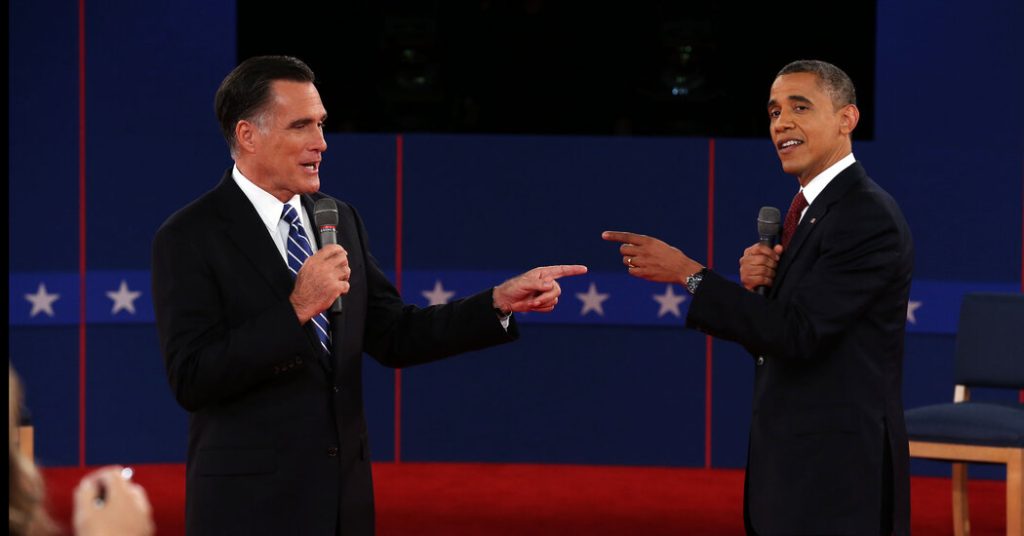Advertisement
Newsletter reserved for subscribers
The Obama-Romney race in 2012 was the last in a familiar pattern in U.S. politics, which has since become defined by Donald Trump’s conservative populism.
By Nate Cohn
When Barack Obama won re-election in 2012, it seemed to mark the beginning of a new era of Democratic dominance, one propelled by the rise of a new generation of young, secular and nonwhite voters.
In retrospect, the 2012 election looks more like the end of an era: the definitive triumph of the social movements of the 1960s over Reagan’s once-dominant Republicans.
Instead, it is Trump’s three elections (in 2016, 2020 and 2024) that seem to presage a new political era, explained through the conservative populism of Donald J. Trump.
Whether you call it a realignment or not, American politics hasn’t been the same since Mr. Trump won his party’s nomination. The two parties clash over areas of former consensus, even as they reach détente on issues that defined the polarizing 2004 and 2012 elections. It can be disorienting for anyone who came of age before Mr. Trump. It can even feel like American politics has been turned upside down.
Until Trump, there were many things in American politics that could be taken for granted. The meaning of each match is clear. The Republicans represented Reagan’s three-legged stool: the fiscal conservatism of small governments, the devout right, and the foreign policy hawks. The Democrats represented the ruling class, change, and the reasons of liberal activists.
Every four years, the two parties mostly litigated the same fights over the same issues. They rehashed arguments over war and diplomacy; entitlement spending and tax cuts; “family values” and the social movements of the 1960s; or trade and free enterprise versus labor and protecting jobs. It led to predictable demographic divides and recurring, long-term electoral trends.
We are having retrieving the content of the article.
Please enable JavaScript in your browser settings.
Thank you for your patience while we determine access. If you’re in Reader mode, exit and log into your Times account or subscribe to the full Times.
Thank you for your patience while we determine access.
Already subscribed? Access.
Do you want all the Times? Subscribe.
Advertisement

